Research Methodology and Approaches:
Improving the efficiency of separation processes are of great interest and an enduring challenge in chemical, energy and environmental processes, such as gas separation for large-scale energy and oil & gas industry (natural gas purification, CO2 separation, air separation, hydrocarbons separations in the petrochemical industry, etc), chemical separations, and water desalination and purification. My research will address to overcome known difficulties[1] in developing gas separation membranes by means of either the size sieving or the solution-diffusion mechanisms, and the accurate control of pore structures (pore size, shape, and distribution) in hybrid membranes for high flux water filtration applications. The proposed research also engineers novel ionic materials into polymer electrolyte membranes for applications in fuel cells and Li-ion batteries. Overall, the current research plan anticipates promising strategies with different transport mechanisms, achieving the synergistic effects toward membrane performance improvement:
Project I) CO2-selective Ionic Liquids-Mediated Polymer Membranes: New, highly-selective materials based on high content room temperature ionic liquid supported/functionalized polymeric membranes will be explored to further enhance the total gas permeability through membrane material that preferentially absorbs CO2 and facilitates its transport while simultaneously restricts or blocks other light gas (H2, N2, and CH4) transport. As shown in Fig.1, several promising approaches including polymerized room temperature ionic liquids (RTILs) with tailorable structure variations, IL combined high free volume polymer membranes (e.g., PIMs), ionene polymers (ILs are present on the main chains) and highly versatile new IL-crosslinkers with their method of crosslinking etc. will be implemented toward the ionic-group-mediated membrane development.
Project II) High-performance Hybrid Membranes for C3H6/C3H8 Separations: Synthesis and functionalization of ZIF-particles such as ZIF-8, ZIF-7, ZIF-67, and ZIF-90 will be done as initial experimental works toward C3H6/C3H8 separation. Further, a comparative evaluation of ZIF-particles blended polymeric membranes on their adhesion, phase separation, and defect-free membrane fabrication as well as C3H6/C3H8 separation, will be investigated. However, the ultimate goal of this approach is to synthesize novel ligand functionalized polyimides which can grow ZIF particles via in-situ process either on the surface of the film or in the polymer matrix (bulk growing), as depicted in Fig. 2. My postdoc research at KIST already proved the potential use of functionalized polyimides toward enhanced C3H6/C3H8 separations[8].
Project III) Porous Polymer Membranes or Thin Film Composite Blend Membranes for Water Filtration Applications: A novel approach of combining the water-soluble behavior of the polyimide precursor with a monovalent slat-induced phase inversion process can be developed for the preparation of high flux asymmetric porous polyimide membrane via an aqueous route (Fig. 3, top). Comprehensive research in the synthesis of porous polyimide membranes and water filtration experiments will be done with systematic progress. As shown in Fig. 3, an ultrafiltration cell (Millipore) based dead-end filtration setup can be easily built in order to perform water filtration experiments. In addition, a scientific collaboration shall be fostered from former research group at European Institute of Membranes, University of Montpellier, France. And also, this approach can be contributed to other colleague groups in the esteemed organization as internal collaboration, mostly to the biological engineering groups.
As depicted in Fig. 3 (bottom), a novel interfacial polymerization approach involving the incorporation of ionic groups in the polyaramide backbone have been proposed. This technique of IL-incorporated interfacial polymerization will be applied to a variety of polymer-gutter layer systems with the goal of developing innovative separation membranes for water filtration applications. Eventually, rubbery PDMS and flexible PEG groups also will be incorporated into the same systems in order to improve the overall performance of the membranes. These membrane systems having free IL-groups can be applied for enhanced gas separation applications as well[10].



References:
1. Li, P., Wang, Z., Qiao, Z., Liu, Y., Cao, X., Li, W., Wang, J., Wang, S., J. Membr. Sci. 2015, 495, 130-168.
2. Robeson, L. M., J. Membr. Sci. 1991, 62, l65-185.
3. Robeson, L. M., J. Membr. Sci. 2008, 320, 390-400.
4. Kammakakam, I., Yoon, H. W., Nam, S. Y., Park, H. B., Kim, T. H., J. Membr. Sci. 2015, 487, 90-98.
5. Kammakakam, I., Nam, S. Y., Kim, T. H., RSC Advances 2015, 6 (37), 31083-31091.
6. Kammakakam, I., Nam, S. Y., Kim, T. H., RSC Advances 2016, 5 (86), 69907-69914.
7. Gey, B., Kammakakam, I., You, H., Nam, S. Y., Kim, T. H., Sep. Puri. Technol. 2017, 179, 283-290.
8. An, H., Lee, A. S., Kammakakam, I., Hwang, S. S., Kim, J. H., Lee, J. H., Lee, J. S., J. Membr. Sci. 2018, 545, 358–366.
9. Burns, R. L., Koros, W. J., J. Membr. Sci. 2003, 211, 299–309.
10. Solomon, M. F. J., Song, Q., Jelfs, K. E., Ibanez, M. M., Livingston, A. G., Nature Materials 2016, 15, 760-767.
Research Mission: Synthesis and Characterization of Hollow Fiber Modules with Newly Designed Materials, and Industrialization in Gas Separation Applications.



The proposed research works will eventually focus on the development and implementation of hollow fiber membranes from the newly designed polymeric materials as membrane-based gas separation systems, particularly for CO2/light gas and C3H6/C3H8 separations, the essential parts of the gas separation industry. Based on the character studies of previous polyimide membranes, the hollow fiber spinning and characterization can be aimed at newly developed materials. In order to achieve a successful fabrication of hollow fiber membranes, a diffusion induced phase separation method technique (Fig.4) will be assembled.
